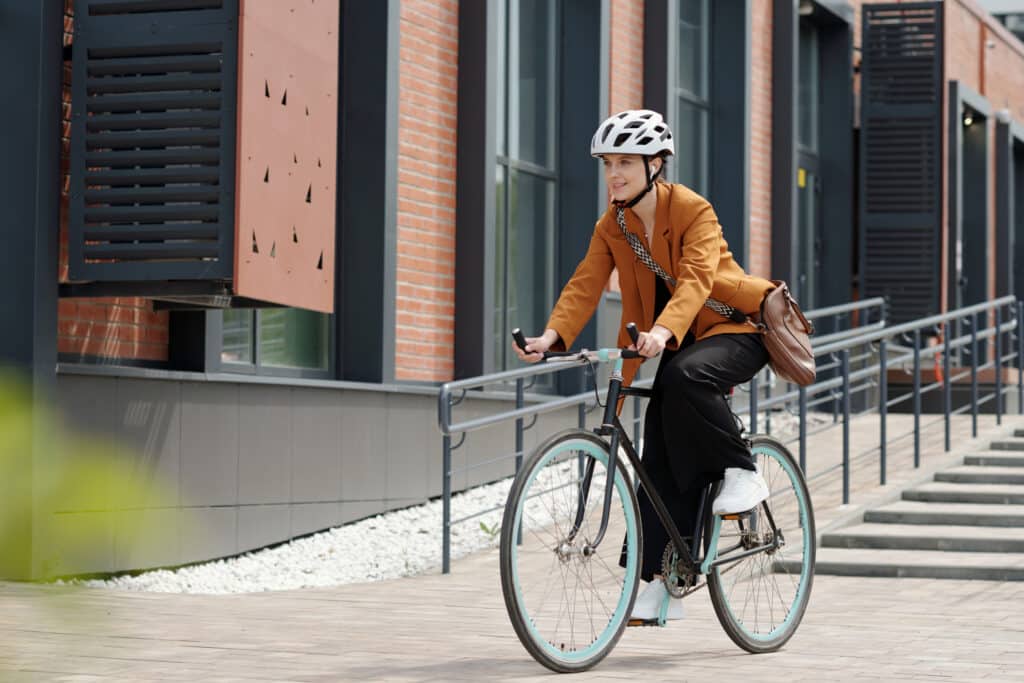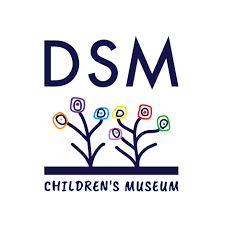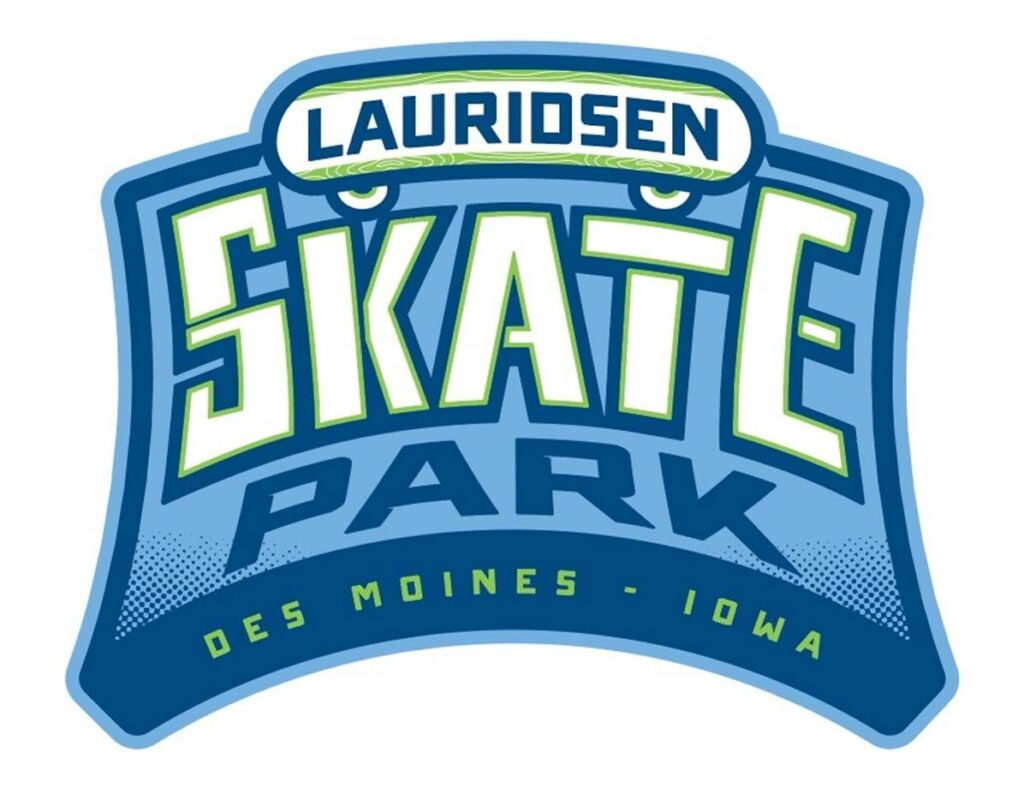Tableside technology

Can’t choose a beer? Not sure which wine goes best with that filet mignon?
Don’t bother calling over the waiter — there’s an app for that.
Restaurants in Des Moines and across the nation are tapping into new interactive wine, beer or cocktail lists on electronic tablets to help increase alcohol sales and improve the customer experience.
Diners at Americana Restaurant & Lounge, Centro, Django and El Bait Shop can use tablet computers supplied by the restaurants — the most popular being an iPad — to search through extensive wine and beer lists and read tasting notes to help narrow down their choices. The wine lists can also recommend drinks after customers answer questions based on their taste preferences. The lists can even pair a wine or beer with the customer’s dinner choice.
“It’s more than just a virtual menu,” said Mike Utley, managing partner of Americana. “You can sort by body, color, taste, origin — basically any way you want to, you can sort it.”
He said Fresk Interactive, a local start-up, put together the wine list his restaurant uses, which includes photographs, the full lunch and dinner menus, and staff favorites. Fresk also created the Beer Genius at El Bait Shop.
“It’s helpful and educational,” Utley said.
Centro and Django are also in on the growing trend.
Chris Diebel, the marketing director for Orchestrate Management & Associates, which manages the two restaurants, along with five others in Des Moines, said the tablets help customers expand their interests while learning more about wine.
“It lets someone create their own experience and come to their own conclusions,” he said.
Diebel said Django and Centro each have collections of more than 70 wines, so the lists are helpful for customers and servers.
“If you have a product that requires a little learning, (something like this) is useful in a lot of ways,” he said.
New Jersey-based Tiare Technology Inc. developed the software Orchestrate is using at the two restaurants. Diebel said customers can add wines they’re interested in onto a consideration list and then email the list along with tasting notes to themselves.
But putting all of this information in the palms of customers’ hands doesn’t come cheap: Americana’s Utley said the company paid about $3,000 for its program.
Diebel didn’t have cost specifics, but Jeff Krevitt, president of Tiare Technology, said the most basic program costs several thousand dollars — and the more customization a restaurant wants, the more expensive it will become.
And that price doesn’t include the cost of the iPads. Americana bought four iPads to display its wine list on, while Centro and Django each have 15. According to Apple Inc.’s website, an iPad 2 starts at $499, meaning the restaurants spent about $2,000 and $7,500, respectively, on the tablets.
So why are restaurants around the country forgoing traditional paper menus and dishing out thousands of dollars for customized, interactive wine lists?
For one, the tablets allow them to update their inventories in real time.
“There’s no situation where a guest orders something and then it isn’t there,” Krevitt said. “Restaurants can make regular updates.”
Thomas Hansen, co-founder of Fresk Interactive, said the tablets can also gauge what customers like and are more interested in.
Additionally, Krevitt said although there is a bigger upfront cost, after the tablets are implemented, restaurants no longer have to deal with making updates to traditional menus, which will eventually save time, paper and money.
More important, the tablets can improve sales. Krevitt said his customers have reported a 10 to 20 percent increase in sales after implementing the high-tech wine lists.
“It really pays for itself in a few months,” he said.
Neither Utley nor Diebel had specific numbers for their restaurants because the interactive wine lists have only been in use for about two months, but both said the idea has been a hit with customers and are happy with the results so far.
Diebel said he has noticed that customers tend to up-sell themselves after playing with the wine lists on the iPads.
“They’re really expanding people’s horizons,” he said.
Utley agreed.
“If you don’t know what you’re buying or you’re not comfortable, you won’t buy it,” he said. “It breaks down that wall and lets the guest enjoy their dining experience.”
Des Moines isn’t the only city taking advantage of the benefits from these interactive wine lists — Krevitt said restaurants from coast to coast and abroad have found uses for them.
“And it’s not just the big cities,” he said.
Hansen said Fresk Interactive is working with restaurants and entrepreneurs across the country and overseas about licensing or re-selling its work.
“We’re trying to take one step at a time and work locally with people so that we can really understand the context and problems we’re trying to solve,” he said.
Jessica Dunker, president of the Iowa Restaurant Association, said she was happy to see local restaurants keeping up with the national trends and hopes more follow suit.
“Nationally, in our industry, every restaurant that is growing is using technology to advance,” she said. “Whether it be choosing wines, ordering or deciding where to go, technology is the future.”
But what exactly the future for these tablets is remains a bit of a mystery.
Hansen said restaurants should explore the social component that comes along with using this kind of technology, such as allowing customers to tell acquaintances about their orders on Facebook or Twitter.
He also said he could see more restaurants eventually using tablets for checkout, bookkeeping and ordering, which is what one Tampa, Fla., restaurant is doing.
The eatery even allows its customers to choose different backgrounds to display on the table’s iPad, including a sunset, waterfall or roaring fire to further set the mood.
But Diebel and Utley don’t see expanding the tablets’ function at the dinner table anytime soon. All three restaurants still have some kinks to iron out because the tableside technology is so new, and Utley said he doesn’t know if Americana will ever rely on iPads that much.
“It takes away the human interaction and personal connection out of the dining experience,” he said. “There are some things you just can’t replicate.”
Wine List uncork new opportunities
Restaurants in Des Moines and across the country are bringing technology to the dinner table with interactive electronic wine lists that are most commonly displayed on Apple iPads. Though the upfront cost of these high-tech wine lists can be hefty, higher-ups at Americana Restaurant & Lounge, Centro and Django say the benefits outweigh the cons.
Increases sales – Jeff Krevitt, president of Tiare Technology Inc., the New Jersey-based company that designed the app used at Centro and Django, said his customers have reported a 10 percent to 20 percent increase in sales after implementing the wine lists.
Real-time inventory updates – The wine lists more accurately reflect a restaurant’s inventory than paper menus, which can often become outdated and require regular reprinting and updating.
Improves customer experience – The wine lists help customers narrow down selections and recommend drinks that fit their taste preferences or complement their meals.
Gauge customer preference – The wine lists keep track of sales and inventory, so restaurants can gain a better understanding of which wines are selling better than others.










